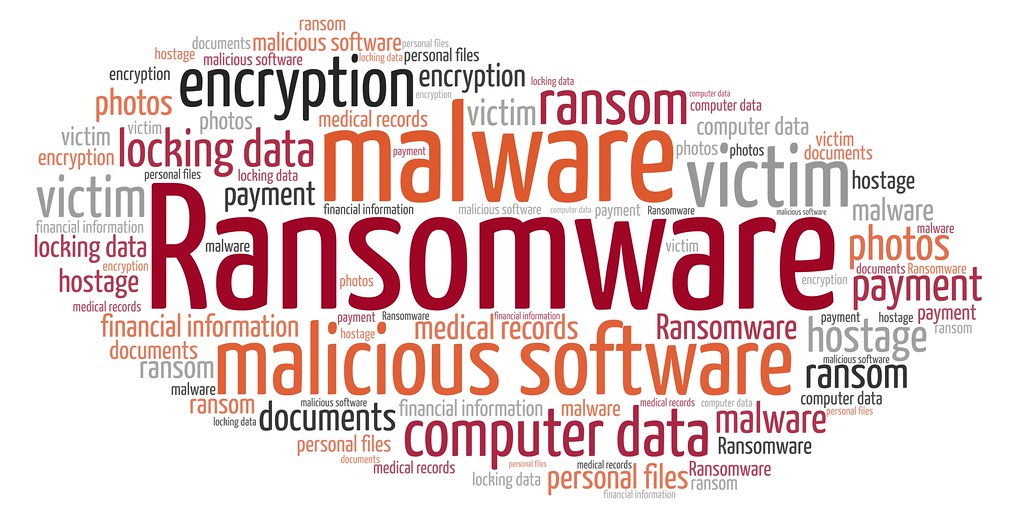How Ransomware Attacks Have Evolved Over the Years
Ransomware attacks have undergone changes over time presenting an increasingly serious threat to both individuals and organizations. Initially viewed as an annoyance ransomware has now evolved into a complex and profitable criminal operation. Understanding the evolution of these attacks offers insights into their growing sophistication and the necessary steps to effectively combat them.

Origins of Ransomware
The concept of ransomware can be traced back to the 1980s with the "AIDS Trojan" marking the first known attack in 1989. This early form of ransomware involved distributing floppy disks containing malware that encrypted file names on a victims computer. Users were required to pay $189 to a P.O. Box in Panama to regain access to their files. Despite its nature this attack laid the groundwork for future advancements in ransomware tactics.
In the 2000s ransomware attacks were relatively uncommon and unsophisticated. Most were propagated through email attachments or malicious websites. These initial variations typically utilized encryption techniques and requested modest ransom amounts. However as technology progressed so did the methods and tools employed by cybercriminals.
Emergence of Crypto Ransomware
The advent of cryptocurrency, Bitcoin significantly reshaped Cryptocurrencies offer a degree of anonymity that complicates law enforcements efforts to trace transactions back, to those The rise in attacks surged during the mid 2010s due to this development. Crypto ransomware, which encrypts files of victims and demands payment in cryptocurrency became more common. Instances like CryptoLocker (2013) and WannaCry (2017) caused disruptions globally across different sectors. The capability to demand payments anonymously empowered cybercriminals leading to an escalation in the scale and frequency of these attacks.
As per a Cybersecurity Ventures report damages from ransomware are estimated to hit $20 billion by 2021. This significant increase underscores the escalating threat presented by ransomware variations.
Focused Attacks on Entities
In times ransomware assailants have transitioned their focus from individual users to larger organizations and vital infrastructure. These targeted assaults often involve reconnaissance and exploitation of vulnerabilities within an organizations network.
An illustrative instance is the 2021 Colonial Pipeline breach, where hackers breached one of the fuel pipelines in the United States resulting in substantial supply disruptions and economic repercussions. Such prominent incidents emphasize the potential for outcomes when critical infrastructure is compromised.
Attackers now utilize sophisticated strategies, like double extortion, wherein they not only encrypt data but also threaten to disclose sensitive information if the ransom is not paid. This strategy puts pressure on individuals to comply with ransom demands.
The Rise of Ransomware as a Service (RaaS)
The growth of Ransomware as a Service (RaaS) has made ransomware tools more accessible to an audience. RaaS platforms function in a way to legitimate software services offering subscription based access to pre built ransomware kits.
This approach enables non tech savvy criminals to execute ransomware attacks by delegating the technical aspects to skilled developers. In exchange developers earn a share of the ransoms collected by their partners.
- Easy entry for budding cybercriminals
- Quality customer support offered by RaaS providers
- updates and improvements, on ransomware variants
Precautionary Steps and Future Prospects
The escalating ransomware threat has led organizations and individuals to implement stronger cybersecurity measures. Some helpful tactics to consider;
- Keeping software and systems up to date to address vulnerabilities
- Utilizing backup solutions
- Educating staff about phishing and social engineering schemes
- Employing advanced security tools such as antivirus programs and firewalls
| Year | Notable Ransomware Incidents | Impact |
|---|---|---|
| 1989 | AIDS Trojan | Introduced the ransomware concept with basic encryption |
| 2013 | CryptoLocker | Drew attention to crypto ransomware |
| 2017 | WannaCry | Affected than 200,000 systems globally in a matter of days |
| 2021 | Colonial Pipeline Attack | Disrupted fuel distribution across multiple US states for several days |
The future outlook for ransomware is expected to involve ongoing innovations by attackers requiring continuous vigilance from cybersecurity experts. Enhanced cooperation between firms and government entities will be critical in developing effective defenses.
Ransomware has evolved from an annoyance into a significant cybersecurity danger over the past few decades. The progression from encryption methods, to sophisticated RaaS platforms underscores the importance of heightened security measures and constant alertness.
By grasping how these attacks have progressed and adjusting our safeguards accordingly we can enhance our defenses against threats. Prioritizing proactive prevention strategies remains essential in minimizing the impact of this changing threat.